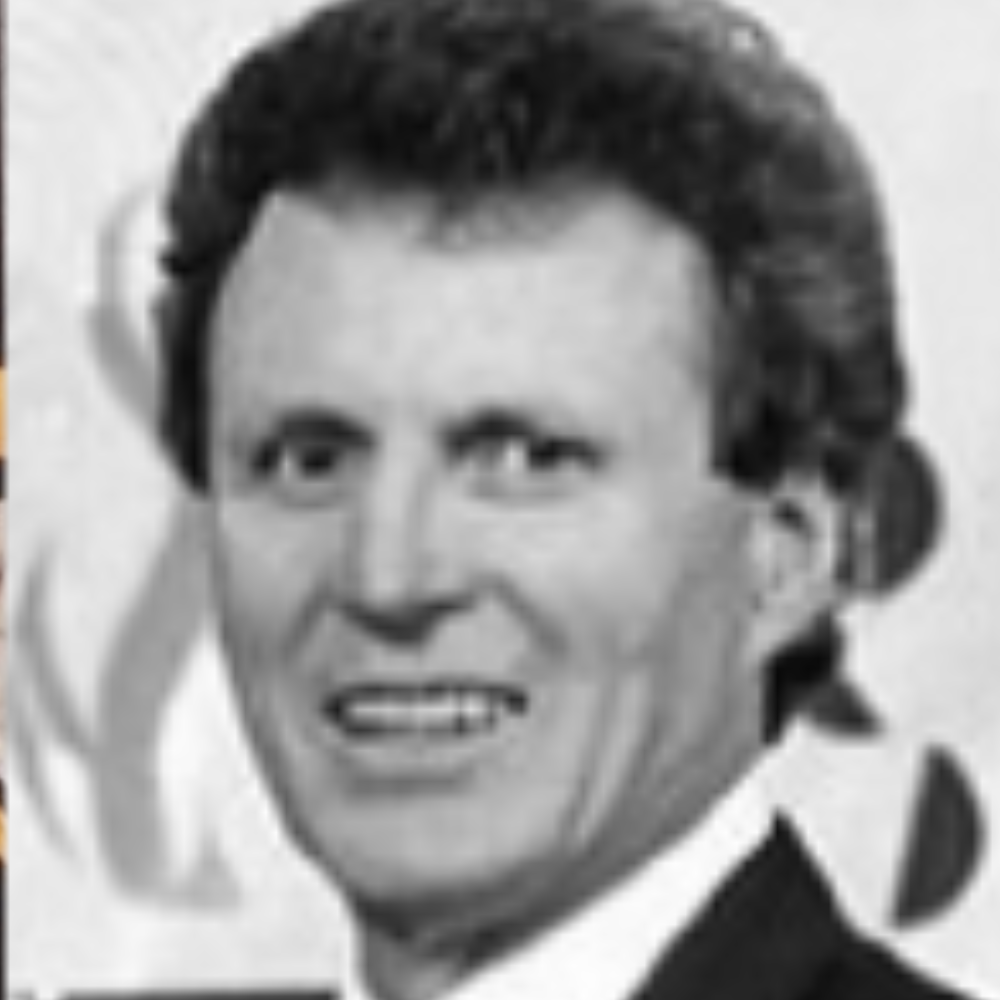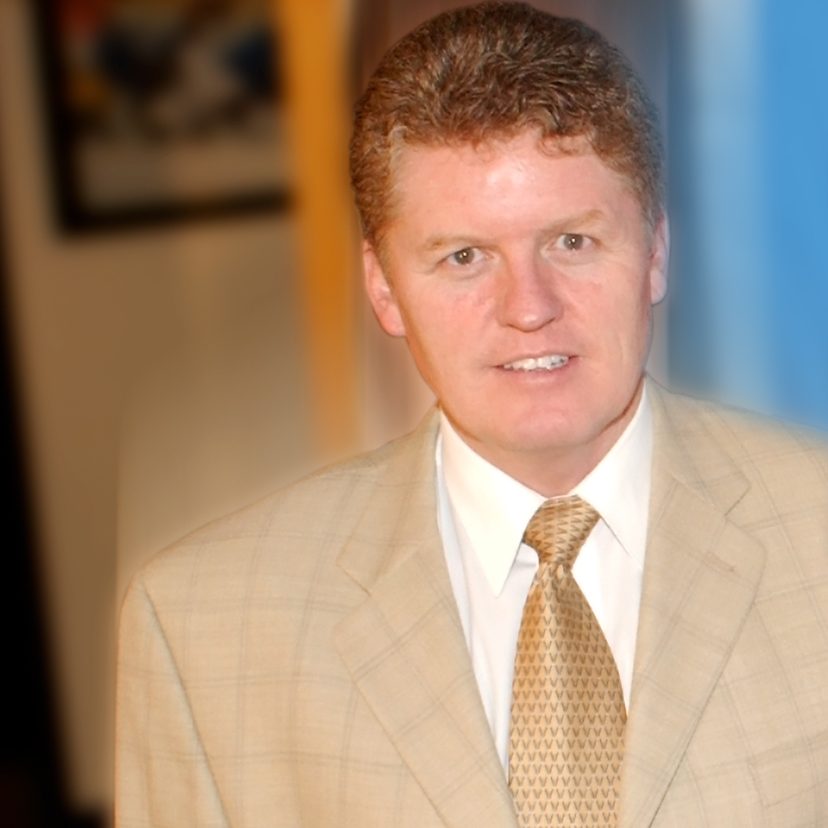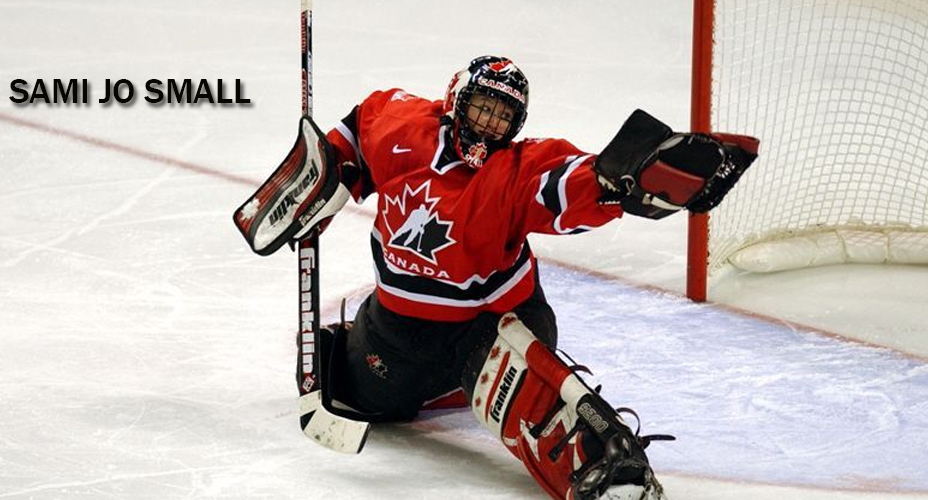Craig Ramsay
Spending one’s entire career with the same team has become quite the rarity in professional sports. Not missing a single game in ten years is almost unheard of in the rough and tumble world of the National Hockey League. Craig Ramsay achieved both of these feats on his way to becoming one of his era’s premiere defensive forwards.
Born in Weston, Ramsay called Thistletown home when the now bustling neighbourhood had only a general store, butcher shop and post office.
The hockey-loving kid learned to skate on the frozen Humber River and in backyard rinks. His father Bill was forever repairing the shed, garage door and fence at the Ramsay home, but never complained or told his son to find a new location for target practice.
As a ten-year-old, Ramsay played houseleague hockey at Pine Point Arena, coached by a neighbour and family friend named Bert Turney. “I wasn’t a great player as a kid, but I was lucky enough to have a terrific coach,” Ramsay said of Turney, who coached him until age 16. Ramsay’s North Etobicoke Hockey Association teams had just two lines and five defencemen. “If you want to play more, you’ve got to work harder,” the elder Ramsay told his son. “And I thought, I can do that,” Ramsay said.
When his promising team jumped to the Toronto Hockey League’s A division, the slim 15-year-old found himself facing off against tough teams like the Toronto Marlies and Kitchener Rangers. “We were a bit outgunned,” he quipped. “We beat the Marlies once in two years.” He still remembers the score of that “special” win, a 2–0 shutout. “We had to work hard to find a way to win. We had to play against the best players every night,” Ramsay said of his time in the THL. “You learned to compete in both ends of the rink—that’s something I never forgot, and tried to pass on.”
High school studies at North Albion and Thistletown Collegiate were interrupted when Ramsay was offered a tryout with the Peterborough Petes of the OHL. He packed just three shirts and two pairs of pants for the tryout because he assumed the Petes wouldn’t be interested in a small 16-year-old forward who barely cracked 150 pounds on the scale. He was “shocked” when he made the team. “At the time, I had no thought of being a professional hockey player,” Ramsay said. He was good at math and figured he would become an accountant. But Peterborough coach Roger Neilson saw potential in the youngster from Etobicoke. Neilson had a strange reaction when Ramsay went to his office a month into his season and asked to quit. “He actually fell asleep during the meeting,” Ramsay remembered, laughing. “And when he woke up, he said, I think you should stay. So I stayed.”
“He was a great influence on me and a wonderful human being,” Ramsay said of his late coach. Under Neilson’s tutelage, the forward honed his defensive game and was eventually named captain. The Petes won the Memorial Cup, with Ramsay’s l i n e stopping the op- position’s top players—something he would be asked to do his whole career.
After four standout seasons in the OHL, Ramsay was drafted 19th overall in the 1971 NHL Amateur Draft by the Buffalo Sabres, who also selected future stars Rick Martin and Bill Hajt. After a few games with Cincinnati of the American Hockey League, Ramsay found himself in a dressing room with no-nonsense coach Punch Imlach, preparing to play against his beloved Maple Leafs. “Growing up as a centreman, I wanted to be like Dave Keon,” Ramsay said, so it was a special thrill to square off against players like Keon, Tim Horton, Larry Hillman and Red Kelly. Ramsay set up Eddie Shack—another Leafs legend—for his first career point against the Los Angeles Kings, and scored his first goal in style, part of a hat trick in his fifth game.
“Rammer” and teammate Don Luce became the pillars of a formidable shutdown line, stopping the opposition’s top lines while providing solid offensive contributions. With the addition of high-scoring forward Danny Gare, the trio helped the Sabres reach the Stanley Cup finals in 1974–75, where they fell to the Flyers. Though heralded for his defensive prowess, Ramsay notched at least 20 goals in eight consecutive seasons, finishing his career with 672 points and just 201 penalty minutes in 1,070 games.
As his playing career wound down, Ramsay was vocal about his desire to stay in Buf falo. He loved the atmosphere at Buffalo Memorial Auditorium— or as everyone called it, The Aud. “We were a young team playing in that small building. It was so intense in there,” he remembered. “The fans were right on top of you.” The city’s blue collar fans embraced the young expansion team and its tough but honest players. “There’s something about being a working class player in a working class town. I can still go back there and it’s just like going home,” Ramsay said.
The 1976 all-star was a smart player and intense competitor who outworked his opponents on the ice. The durable winger played in 776 consecutive games, the fourth longest streak in NHL history. A broken foot forced him to the bench in 1983, but he later returned to the ice with the Sabres, capping his career by winning the Frank J. Selke Trophy in 1984– 85 in recognition of his defensive skill.
Ramsay credited his father, a linesman and construction manager with Bell Canada, for his sense of determination. One summer, Bill Ramsay took his family camping two weeks after having back fusion surgery. “Imagine the agony this guy was in,” Ramsay marveled. “He just never caved in.” His first coach, Bert Turney, was also a role model of toughness. “Never let ‘em know you’re hurt, kid,” Turney would say. “So as long as I could dress and play and not be a detriment to the team, I thought I should play,” which included toughing out a dislocated shoulder the gritty forward didn’t even realize he had. Times have changed, and as a coach Ramsay encourages players to rest and recuperate. “I’m proud of (the streak), but I wouldn’t ask any other players to do it.”
Ramsay retired the same year he won the Selke and slid behind the bench as an assistant coach with the Sabres after trying out the job as a player-coach in his last season. Partway through the 1986–87 season he became the head coach, posting a 4–15–2 record. The learning curve was steep, but Ramsay enjoyed the challenge, helped by the mentorship of coaches like Scotty Bowman. He served as assistant general manager and director of player personnel with Buffalo before his former Peterborough coach, Roger Neilson, called in 1992 with an offer to become an assistant with the Florida Panthers. Ramsay coached in Ottawa before joining the Philadelphia Flyers, becoming interim head coach in 1999–2000 when Neilson took ill. Under Ramsay’s leadership, the Flyers reached the Eastern Conference finals, where they lost to the eventual Stanley Cup champion New Jersey Devils.
As a coach, Ramsay tries to be honest, treat players with respect, and put them in positions where they will succeed. “I try to be a calming influence on the players,” he said. For the first time in his career, Ramsay hoisted the Stanley Cup as an assistant coach with the Tampa Bay Lightning in 2004 after a thrilling seven-game series against the Calgary Flames. Ramsay was named head coach of the Atlanta Thrashers in 2010 and became the final coach in Thrashers history when he was replaced after the team was purchased and moved to Winnipeg. In 2011, he rejoined the Panthers as an assistant to head coach Kevin Dineen, lending his many years of expertise to a young, exciting Florida club.
The ironman winger said getting the call from the Etobicoke Sports Hall of Fame was an unexpected pleasure. “I was always proud to be a Toronto boy—a Weston, Etobicoke guy,” Ramsay said.










